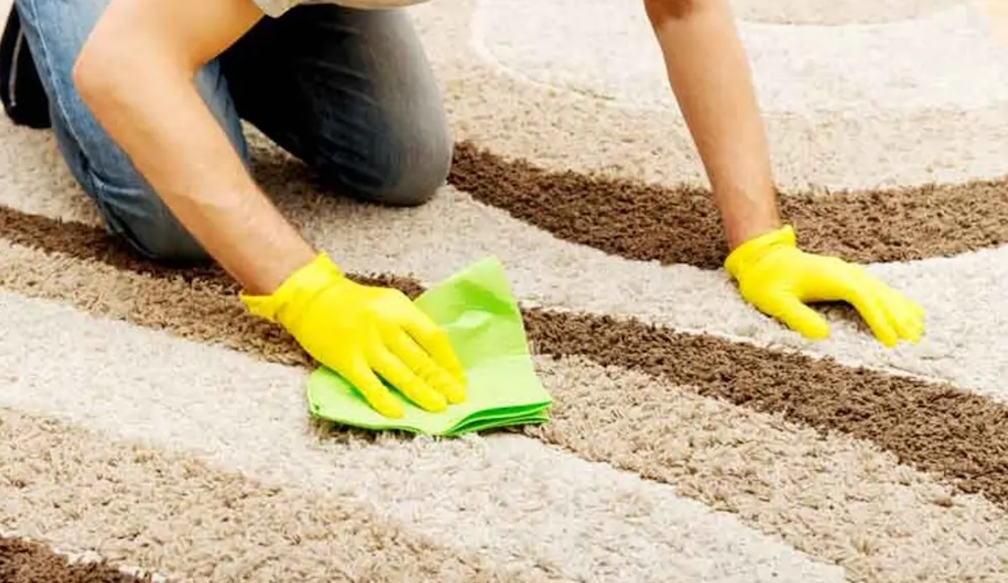Expert Tips for Successful Carpet Stain Removal

Carpet stains can be a real headache, especially when you want your home to look clean and inviting. Knowing how to handle these stains can make a big difference, whether a spill from a party, a pet accident, or everyday dirt. This article will share expert tips for successful carpet stain removal. Following these simple steps lets you keep your carpets looking fresh and new. Using the right cleaning products and techniques can make the job much easier. It's also important to act quickly when a spill happens, as this can prevent the stain from setting in. Regular maintenance and spot cleaning will help extend the life of your carpet. With these tips, you'll have a spotless carpet in no time!
Understanding Different Types of Carpet Stains
Before diving into the tips, it's essential to understand that different stains require different treatments. Here's a breakdown of common carpet stains and how to identify them:
- Food and Drink Stains are the most common, including spills from coffee, wine, juice, and sauces. They usually leave a noticeable mark and can be tricky to remove if not treated quickly.
- Pet Stains: Pet stains, such as urine, faeces, or vomit, not only stain the carpet but can also leave a lingering odour. These stains require special attention to remove the stain and the smell completely.
- Dirt and Mud Stains: Dirt and mud can easily be tracked into the house, especially during rainy seasons. While they may seem simple to clean, they can embed into the carpet fibres if improperly handled.
- Ink and Dye Stains: These come from pens, markers, and other colouring materials. They are usually more stubborn and need immediate action to prevent permanent damage.
- Oil and Grease Stains: Oil and grease can come from food, beauty products, or mechanical work. These stains are often greasy and difficult to lift from carpet fibres.
General Tips for Carpet Stain Removal
- Act Quickly: The sooner you address a stain, the easier it will be to remove. Fresh stains are much easier to clean than old, set-in stains. When you notice a spill, blot it with a clean cloth or paper towel to absorb as much liquid as possible.
- Blot, Don't Rub: Rubbing a stain can cause it to spread and push the substance deeper into the carpet fibres. Instead, blot the stain gently from the outside using a clean cloth or paper towel.
- Use the Right Cleaning Solution: Different stains require different cleaning solutions. For example, a mixture of water and vinegar can work well for many stains, while a specialised carpet cleaner might be needed for tougher spots. Always test any cleaning solution on a small, inconspicuous carpet area first to ensure it doesn't cause discolouration.
- Avoid Excessive Moisture: Too much water can damage your carpet and lead to mould growth. Use cleaning solutions sparingly and always blot the area dry after cleaning.
Step-by-Step Guide to Removing Common Carpet Stains
Here are seven detailed points to help you effectively remove common carpet stains:
Blotting the Stain
Blotting is the first step for most stains. Use a clean cloth or paper towel to gently blot the stain, working from the outside to avoid spreading it. Never rub the stain, as this can push it deeper into the carpet fibres and make it harder to remove.
Choosing the Right Cleaning Solution
Different stains require different cleaning solutions. For example, white vinegar and water mixture works well for food and drink stains, while an enzyme cleaner is best for pet stains. Always test the solution on a small, hidden carpet area first to ensure it doesn't cause discolouration or damage.
Applying the Cleaning Solution
Spray or apply the chosen cleaning solution onto the stained area. For larger spills, you may need to use the solution multiple times. Allow the solution to sit briefly to break down the stain particles.
Blotting the Area Again
After the cleaning solution has had time to work, blot the area with a clean cloth to lift the stain. Repeat applying the cleaning solution and blotting until the stain is no longer visible.
Rinsing the Carpet
Rinse the treated area with a small amount of water to remove any remaining cleaning solution. This step is crucial to prevent residue buildup, which can attract more dirt. Use a clean cloth to blot the area until it is as dry as possible.
Drying the Carpet
Ensure the carpet is thoroughly dried to prevent mould and mildew growth. You can speed up drying by placing a fan nearby or using a hairdryer on a low setting. Avoid walking in the damp area until it is completely dry.
Vacuuming the Carpet
Once the carpet is dry, vacuum the area to restore the fibres to their normal texture and remove any remaining particles. Regular vacuuming helps keep the carpet clean and prolongs its lifespan.

















